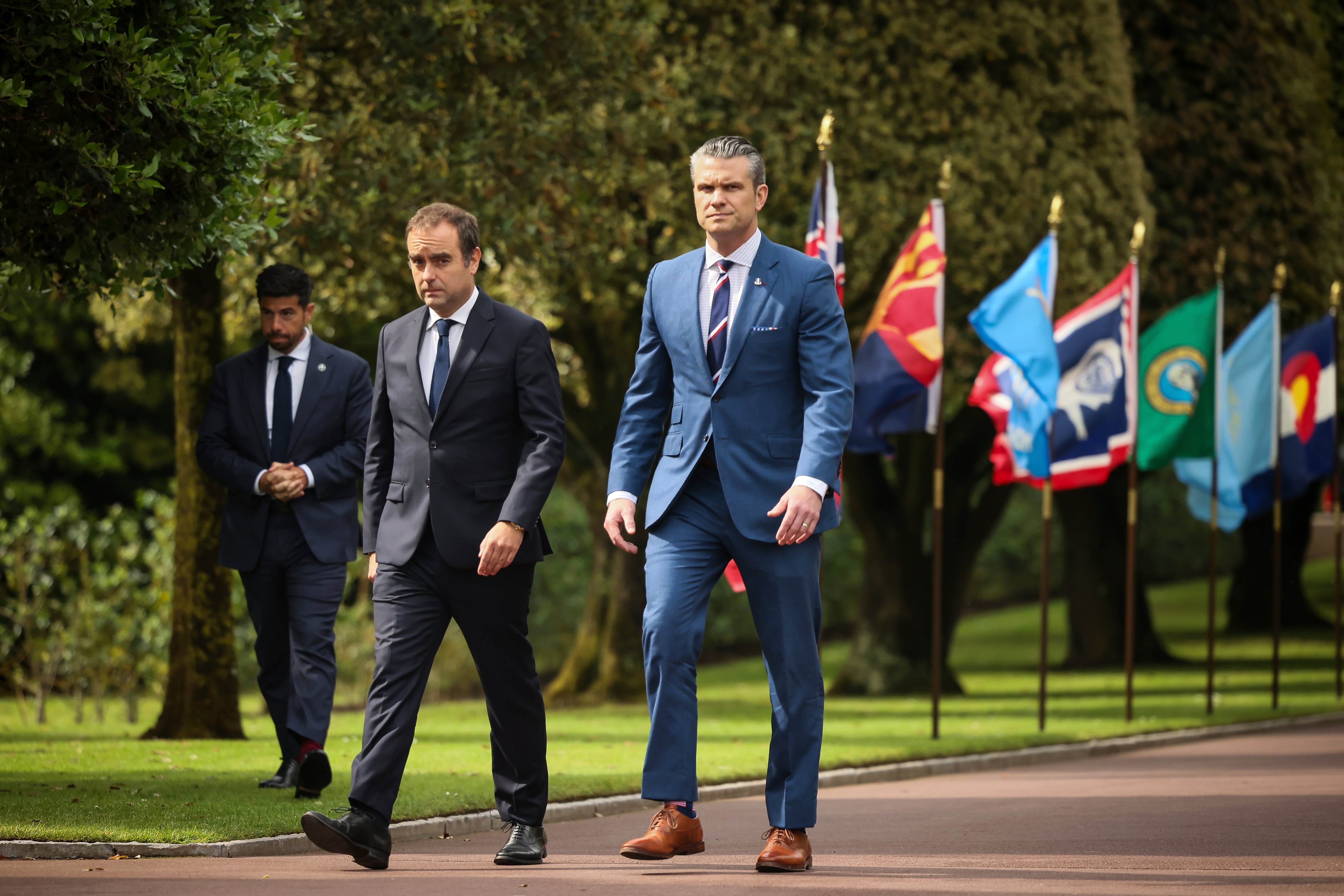WASHINGTON — A U.S. State Department fund to help European nations replace Russian-made weapons with American equipment has expanded to eight countries, but will be eschewing a second wave of funding in favor of targeted investments.
In 2018, the State Department quietly launched a new effort known as the European Recapitalization Incentive Program, or ERIP, a new tool developed alongside U.S. European Command to speed up the process of getting allied nations off Russian gear. The U.S. benefits both strategically — getting partners and allies off Russian equipment to improve interoperability and deny Moscow funds for maintenance — and financially, thanks to the sale of American weapons abroad.
ERIP funds, reprogrammed from unused dollars such as regional Foreign Military Financing, come in one-time bursts to help a country buy American-made alternatives to Russian kit. To get the money, the European nation must pledge to not buy Russian equipment in the future, while also at least matching the dollar value of the ERIP grant with domestic funding.
The initial funding round consisted of six countries, totaling $190 million in reprogrammed fiscal 2017 dollars. As of last May, the State Department was considering a second round of ERIP grants and was at least in early discussions with Latvia about the funding.
But in the time since, the department decided there won’t be a second round, but rather ERIP will become a tool best used on a rolling basis. (Discussions with Latvia turned to different pots of money other than ERIP, according to a source.)
“There was a lot of discussions about a second round, but the way it’s kind of evolving is, rather than look at it as rounds is, look at it as opportunities,” a senior State Department official told Defense News on condition of anonymity. “It’s a tool that we can use when opportunities arise for us to work with a partner to make a difference.”
All told, the department has given out roughly $277 million in ERIP grants in the last two years — but, the official said, those relatively small dollars helped lock in roughly $2.5 billion in U.S. weapons sales. That’s a win in “pure economic terms,” the official said, even before getting into the hard-to-quantify policy and political benefits.
“It was a pretty bold decision in trying to help some of these countries acquire a pretty high capability capital intensive, and for some of them it’s their first major [Foreign Military Sales] case, period.”
Going forward, there may be tie-in money from EUCOM, which could kick in $1-3 million in small grants to nations that received ERIP dollars in order to help nations with maintenance costs on the newly bought American equipment. That money would likely come from DoD’s Section 333 authority.
Asked about that potential. DoD spokesman Lt. Col. Uriah Orland said the department "continues to work closely with the Department of State in the planning of security assistance with our European partner nations that enables them to reduce their dependencies on Russia’s defense industry and build and/or sustain their own defense capabilities.”
Targeted, ongoing funding
Bulgaria presents a notable example for how the thinking on ERIP is evolving. The country spent several years debating what fighter jet to purchase, with the finalists coming down to new F-16s from Lockheed Martin, secondhand F-16s from Portugal, Eurofighter Typhoons from Italy and Saab Gripens from Sweden.
As ERIP was envisioned, it would be used only for rotorcraft or ground vehicles. But with the government in Sofia teetering on the edge of rejecting the Lockheed deal, the U.S. State Department stepped in and used $56 million in ERIP dollars to push the F-16s over the edge and finalize a deal that could exceed $1.6 billion in costs.
“For countries where it’s a politically contentious issue, whether for economic or political reasons” the fund can help make a deal happen, the official said. “We were able to close that gap with an ERIP grant that enabled them to make the purchase and acquire the capability.”
The second nation to get a targeted ERIP grant has been Lithuania, which in October announced plans to buy six UH-60 Black Hawk helicopters to replace its Soviet-made Mi-8 fleet. The State Department kicked in $30 million of ERIP funding to help complete that deal.
In fact, no one piece of equipment has benefited from ERIP as much as the UH-60, of which three of the eight ERIP grants has helped procure. The eight projects to date are:
- Albania: $30 million for UH-60 procurement. The UH-60 is produced by Sikorsky, a Lockheed Martin subsidiary.
- Bosnia and Herzegovina: $30.7 million for the Bell Huey II.
- Croatia: $25 million for Bradley fighting vehicles, manufactured by BAE Systems. Croatia is also working to stand up local maintenance for the equipment.
- North Macedonia: $30 million for Stryker vehicles, produced by General Dynamics.
- Slovakia: $50 million for UH-60 procurement.
- Greece: $25 million earmarked, but the government is still debating what to buy. Likely to either be Bradley vehicles or the M1117 Armored Security Vehicle from Textron. Greece stands out because, as a higher-income nation, they are technically ineligible for Foreign Military Financing dollars, but a political decision was made to support them with ERIP anyway, the official said.
- Lithuania: $30 million for UH-60 procurement.
- Bulgaria: $56 million for eight Lockheed-produced F-16s.
All of those deals except Greece and Lithuania are under contract, with a letter of request from Lithuania expected in the next few weeks.
As to future opportunities, “we always kind of have our eye open, and we rely on the country teams out in the field to bring us these opportunities and think about them,” the official said. Although at the moment there are no potential ERIP projects in the works.
“We continue to look at the Baltics, we look at the Balkans,” the official said, adding that “countries within Eastern Europe, the Baltics, the Balkans moving towards a new ground mobility or rotorwing systems with something to divest would be our top candidates.”
Because of the piecemeal nature of ERIP use, the State Department has declined to go for a permanent budget line, instead preferring to draw from regional Foreign Military Financing dollars.
“The last thing we want is Congress to basically micromanage the dispensation of ERIP funding. Because it discounts the reality of this Venn diagram — a country has to be politically comfortable with making that kind of investment on a U.S. platform, in a certain time frame," the official said.
Aaron Mehta was deputy editor and senior Pentagon correspondent for Defense News, covering policy, strategy and acquisition at the highest levels of the Defense Department and its international partners.










